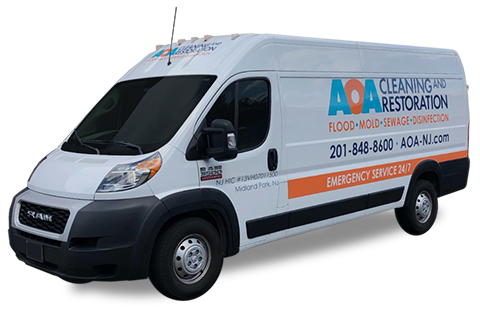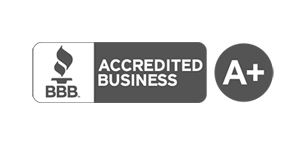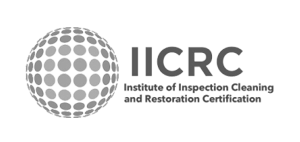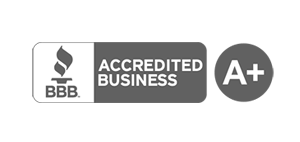Now that northern New Jersey is finally released from the grip of a long, cold winter, the warmer temperatures may reveal a hidden problem in your home: mold.
Maybe it’s in your attic or basement, where a furnace, humidifier and moist air have provided a perfect petri dish for mold growth. It can be in an air conditioning unit. Or perhaps it’s behind a wall, under a sink or another place where there is a leaky water pipe—or from the aftermath of a frozen pipe that burst. Wherever moisture builds up (and it need not be from an all-out flood), mold can develop.
What is mold?
Mold is a family of fungi and mold spores are everywhere, both indoors and outdoors. There are many thousands of varieties and we are exposed to them all the time, typically without incident. Mold spores feed on or break down organic substances.
Mold requires four factors in order to grow and cause potential problems: mold spores, considerable moisture, appropriate temperatures (similar range to what humans prefer), and available host/food. You can read up on what it is, how it grows and how to control it at: http://www.epa.gov/mold/index.html.
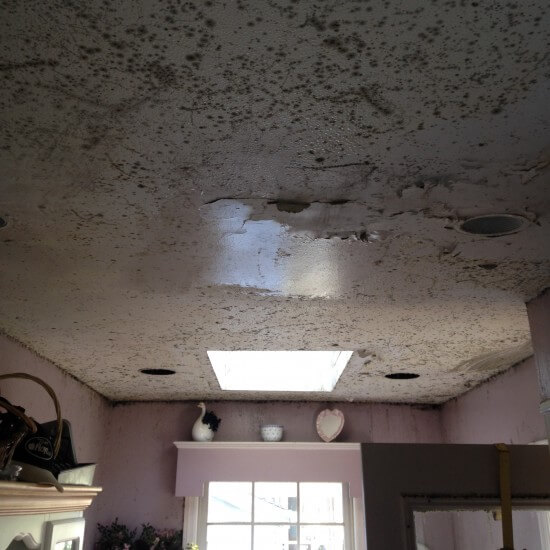
How does mold develop?
Major water damage is what many people think of (especially after Superstorm Sandy left toxic mold in its wake in so many affected homes and commercial spaces). But mold can grow wherever moisture has built up, and warmer temperatures can foster it when the spores settle on the proper “food.”
Mold removal, cleanup and remediation
Mold proliferation can lead to health problems due to the allergens that molds produce. People who are sensitive to these may experience headaches, runny nose, sore throat, a rash and other symptoms, which indicate the presence of mold. For certain individuals, severe health risks or long-term effects may occur such as breathing problems.
When molds produce potentially toxic mycotoxins, not only will symptoms be worse—strong action must be taken. The presence of dangerous mold requires a licensed, certified mold removal and remediation company. These trained professionals know the proper precautions to take to avoid the spread of mold to other areas of your home.
A test is conducted to measure the spore count in the air and determine the kind of mold (toxic or non-toxic). Then, steps to remove the mold and remediate the area are taken. Depending on the severity and extent of the mold growth, removal and clean up measures can be quite extensive. In some cases the removal of walls, carpeting or cabinetry is required. Then, the use of chemicals to kill the organism down to the roots is needed. Finally, the area can be restored to it’s initial condition. In addition, make sure your mold remediation company provides you with a report showing spore counts and other pertinent measurements following the mold remediation process. This will ensure your newly cleaned and restored area is truly safe and that the problem is completely gone.
At AOA Cleaning & Restoration, our trained mold specialists take all necessary precautions to protect you (and themselves) from exposure to the hazards of mold in the home. They’ll evaluate the mold issue, completely remove and remediate the area and restore it to its original condition. If you suspect mold in your home, contact AOA right away.
Potential for a Mold Problem
Some warning signs and situations that may point to an issue with mold in your home:
- Musty odor or other strong odors.
- You physically see mold growing on surfaces. It can be white, green, brown, black, grey or other colors, depending on the type of spores.
- Occupants or visitors have symptoms similar to colds or allergies, or worse: cough, itchy eyes, runny nose, headache, dizziness and more.
- Your home recently experienced or has a history of flooding in certain areas.
- High humidity or dampness.
- Poor ventilation.
- Organic building materials (mold food) are present such as sheetrock/drywall, wood studs, wallpaper.
- Drywall is bowing, discolored; warped wood; peeling paint (signs of water presence or damage).
- Cracked pipes, leaky roof, condensation around pipes or windows.
If you have any of these conditions in your home, it is important to address these and have a professional check for the presence of mold. Call us at 201-848-8600 if you are suspicious you may have mold.
Can You Clean Up Mold Yourself?
The short answer is “yes” but it depends on the extent and type of mold in your home. Very small areas of about 3 ft. by 3 ft. are manageable to clean up non-toxic molds (such as the type that often grows in bathrooms), using the right cleaning agents and precautions. Here is some advice from the Environmental Protection Agency for cleaning non-toxic molds:
- Do not touch moldy items with your bare hands—wear long gloves. If you are using a disinfectant, a biocide such as chlorine bleach, or a strong cleaning solution, gloves made from natural rubber, neoprene, nitrile, polyurethane, or PVC are best.
- Scrub mold off hard surfaces with water and detergent, and dry it completely. Don’t try to cover it up with paint.
- Protect your eyes from mold with goggles (the EPA recommends goggles that don’t have ventilation holes).
- Wear a mask to protect lungs from airborne mold.
- Be prepared to throw out absorbent or porous materials that are moldy.
Consult a professional cleaning and remediation company for mold on larger areas, from sewage or flooding, or on expensive or collectible items that require special handling. If you are suspicious you may have mold give us a call today at 201-848-8600 so we can help you restore your space.
